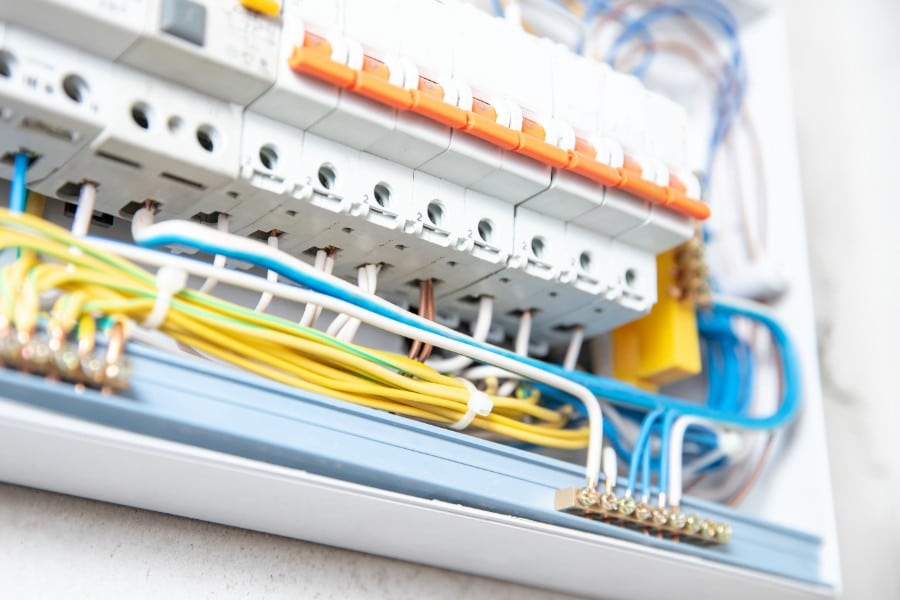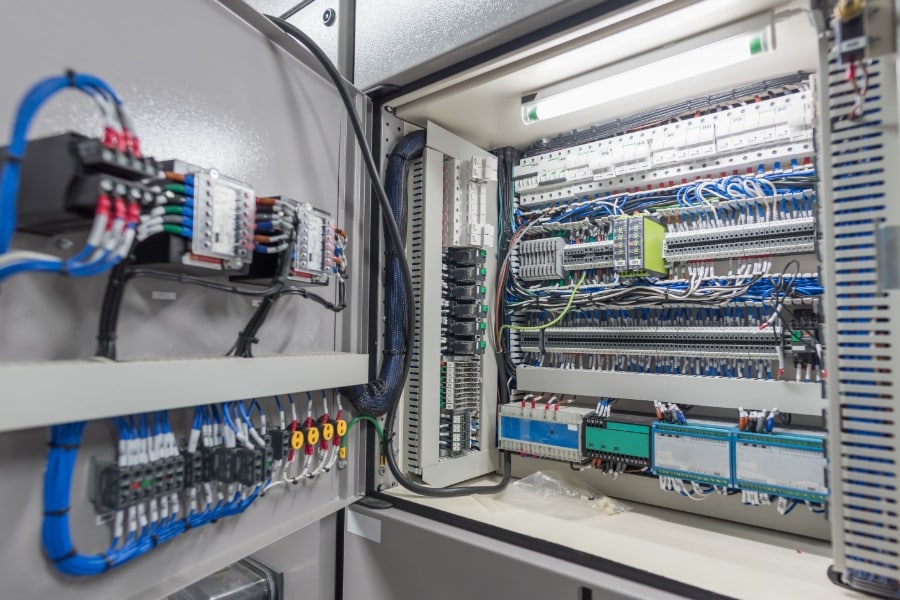When we talk about electric connections, we mean any structure that allows electricity to flow properly through it. If you want to know a little more about these connections and the types that exist, throughout this article we present all the detailed information about this information.

The types of electrical installations.
What are electrical connections?
We can define an electrical connection with that process of connecting cables and wiring to the terminals related to it, such as plugs, switches, fuses, lights, among other parts, on the main distribution board. These are detailed structures that go on the pole of the main power grid in order to provide you with the largest power supply on a persistent basis.
Types of electrical connections
To get into the subject, below we will leave you several categories that include all types of electric connections more common that are presented at different levels, such as household, industrial, business, among others quite prominent.
Connection according to your voltage
We can start this list with the different connections according to the voltage and according to the voltage, these types of electrical connections are in turn divided into three different systems, which are the following:
- Low voltage system: which refers to the most popular and commonly used electrical connections such as those used at home or in small businesses. The potential difference between two conduction systems is less than 100 Kv, however, it must be greater than 0,024 Kv.
- High and medium voltage system: these are connections that use and generate large and powerful voltages with considerable energy losses in conduction systems. In this case, the potential difference between conductors must be greater than 150 Kv and it tends to be used in large industries.
- Very low voltage system: these are systems that are used very commonly, whose power is less than 0,024 Kv, so with this system it is not possible to use devices with the use of large amounts of energy since they will burn instantly .
For its uses
In second place on this list we have at electric connections According to the uses that are given to them, thanks to the great diversity of different facilities that are known, these types of connections can in turn be divided into four types of systems, which are:
- Generating installations: these are connections that form an electrical force, therefore, they generate electricity in many other forms of energy, which is why they are used a lot in high and medium voltage lines, as well as an extra high voltage to be able to transfer it to current alternates from point of conception to depletion centers (such as in large cities or industrial plants)
- Transport installations: these are electrical installations that link the various grooves, which can be underground, through trenches or holes or in areas with guides that are placed on a base system.
- Transformer installations: these are links that take electricity and distort its parameters, in other words, they tend to modify the voltage of the electricity, it is reduced or increased depending on whether it is manipulated or transported.
- Receiving facilities: these are electrical connections, which can be found in most industrial areas or residential areas. They can be identified by the modification of electricity to other types and by being the basis contrary to the producers.
The parts of an electrical connection
When it comes to electrical connections, it encompasses a large number of systems, from plugging in your cell phone to charge, to powering a microchip. Everything that uses electricity has a connection that conducts it from an outside point.
On the other hand, within the devices we find links that transfer to individual sections of a system. Inside the external part of the device, there is a series of electrical transformers and substations that guide to the point of origin of the electricity.
Within the scheme of electrical connections, it depends on a last stage of the electrical supply, with certain requirements to make it suitable, such as the number of buildings, the number of bases, the number of electrical devices, among others. However, there are a large number of designs, but all these electrical connections coincide in sharing several elements equally.
- Connection line: it is the aggregate of components that allows the flow of electricity to be transported from the connection point with the company that is providing the service to any user and customer thereof.
- General panel: they are those that allow the distribution of electrical flows to all the links of the structure that is benefiting, such as some commerce, housing, corporate offices, among others.
- Feeder: this allows the distribution of electricity from a general panel to each of its users.
- Main board: in this we find all the devices and equipment that allow us to distribute electricity to any given place.
- Branch circuits: it is the final element of the connection and this is in charge of transferring the electricity from the main board to the last element connected to it.
- Meters: installed in the connection to be able to measure electricity consumption by users. Protected outside and located in an accessible place to properly perform the routine review and observation.
Interruptores
On the other hand, we have the switches, which are raised to be able to turn on and off the perimeters or electrical connections, where all the electricity runs, which at the same time, these switches are installed between the access and the rest of the network , being these:
- General switch: the means of termination and protection of the installation.
- The branch switch: which is responsible for protecting and unlinking the energy providers from the perimeters that are responsible for branched electricity.
- Thermomagnetic switch: it is in charge of safeguarding and causing the disconnection of the electrical supply in a situation of overload or short circuit.
- Power control switch: this one tries to decrease the power consumption created by the user.
If this article was helpful to you, we invite you to review our website, where you will get more interesting information about electronics such as?What is hydraulics and how it works? All mechanisms! On the other hand, if you want to complement this information, we leave you the following video on the subject.
